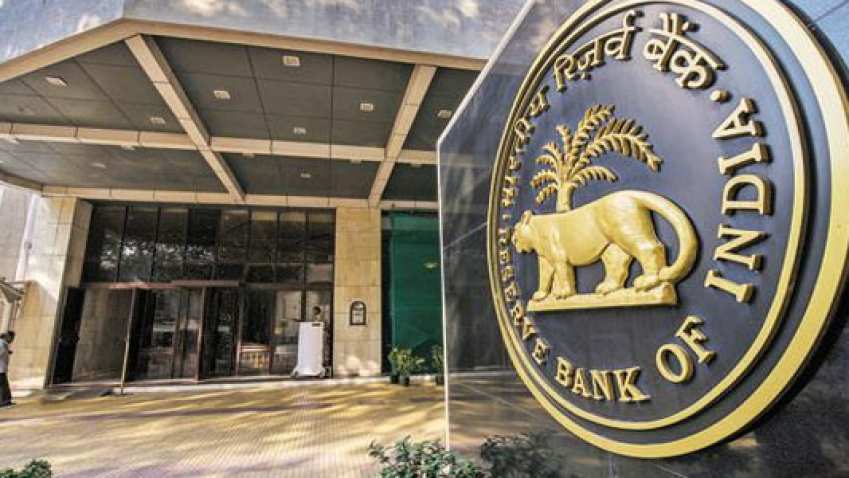
The Reserve Bank of India has introduced the Financial Inclusion Index (FI-Index), which is a measure of the extent of financial inclusion in India. FI-Index incorporates the inclusion details of banking, investments, insurance, postal and pension sector in India. This was among the announcements made in the first bimonthly monetary policy in April this year.
Buy Prime Test Series for all Banking, SSC, Insurance & other exams
Financial Inclusion Index (FI-Index):
- The value of FI-Index will range between 0 to 100. Where 0 denotes complete financial exclusion while 100 denotes full financial inclusion.
- Parameters of FI-Index: The FI-Index comprises of three parameters, namely- Access (35%), Usage (45%), and Quality (20%) with each of these consisting of various dimensions, which are computed based on a number of indicators. In total there are 97 indicators.
- The annual FI-Index for the period ending March 2021 is 53.9 while for the period ending March 2017 it is 43.4. RBI will release the FI-Index in the month of July every year. There is no base year for this Index.




 Which Indian City is Known as the Footwe...
Which Indian City is Known as the Footwe...
 Which Desert is known as the Cold Desert...
Which Desert is known as the Cold Desert...
 Top-10 News Media Companies in the World...
Top-10 News Media Companies in the World...







